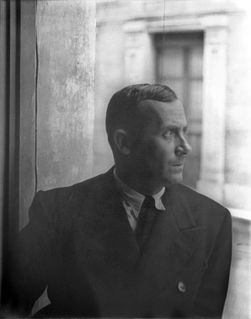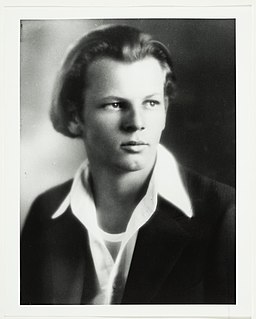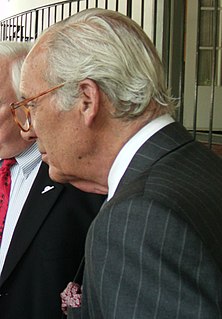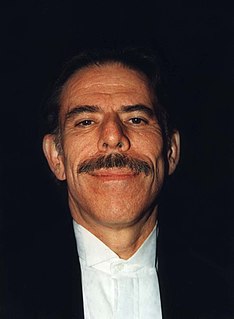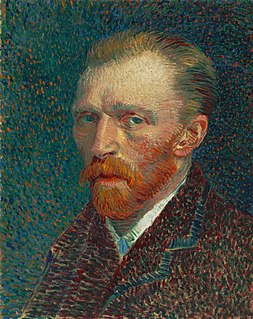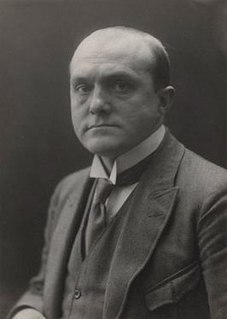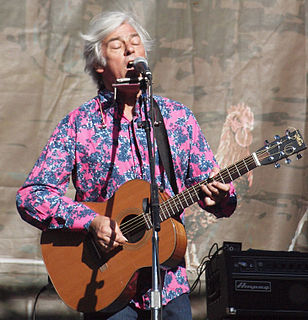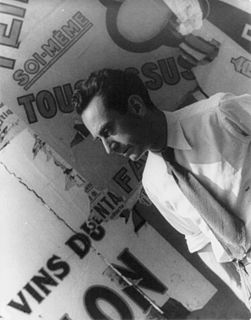A Quote by Joan Miro
Never, never do I set to work on a canvas in the state it comes in from the shop. I provoke accidents - a form, a splotch of color. Any accident is good enough. I let the matiere decide. Then I prepare a ground by, for example, wiping my brushes on the canvas. Letting fall some drops of turpentine on it would do just as well. If I want to make a drawing I crumple the sheet of paper or I wet it; the flowing water traces a line and this line may suggest what is to come next.
Quote Topics
Related Quotes
I work on stretched linen canvas, sized so that the surface already has a sense of tension when I begin. It is a very rich and reactive surface. I begin by drawing on the canvas with a kind of loose line, very simply and freely. I paint very thinly, which allows me to change the drawing if I want to.
No one would want to pay a penny for an empty canvas by me. But it would be quite another if the empty canvas were signed by a great artist. I would be surprised if an empty canvas by Picasso or Matisse signed and inscribed with the words, 'I wanted to paint such and such on this canvas, but did not do so,' would not fetch thousands... After all, with an empty canvas, the possibilities are limitless, and so perhaps is the cash.
The future turns out to be something that you make instead of find. It isn't waiting for your arrival, either with an arrest warrant or a band, nor is it any further away than the next sentence, the next best guess, the next sketch for the painting of a life portrait that might become a masterpiece. The future is an empty canvas or a blank sheet of paper, and if you have the courage of your own thought and your own observation, you can make of it what you will.
Just slap anything on when you see a blank canvas staring you in the face like some imbecile. You don't know how paralyzing that is, that stare of a blank canvas is, which says to the painter, ‘You can't do a thing’. The canvas has an idiotic stare and mesmerizes some painters so much that they turn into idiots themselves. Many painters are afraid in front of the blank canvas, but the blank canvas is afraid of the real, passionate painter who dares and who has broken the spell of `you can't' once and for all.
Colour, as the strange and magnificent expression of the inscrutable spectrum of Eternity, is beautiful and important to me as a painter; I use it to enrich the canvas and to probe more deeply into the object. Colour also decided, to a certain extent, my spiritual outlook, but it is subordinated to life, and above all, to the treatment of form. Too much emphasis on colour at the expense of form and space would make a double manifestation of itself on the canvas, and this would verge on craft work.
You may think you don't have talents, but that is a false assumption, for we all have talents and gifts, every one of us. The bounds of creativity extend far beyond the limits of a canvas or a sheet of paper and do not require a brush, a pen, or the keys of a piano. Creation means bringing into existence something that did not exist before-colorful gardens, harmonious homes, family memories, flowing laughter.
